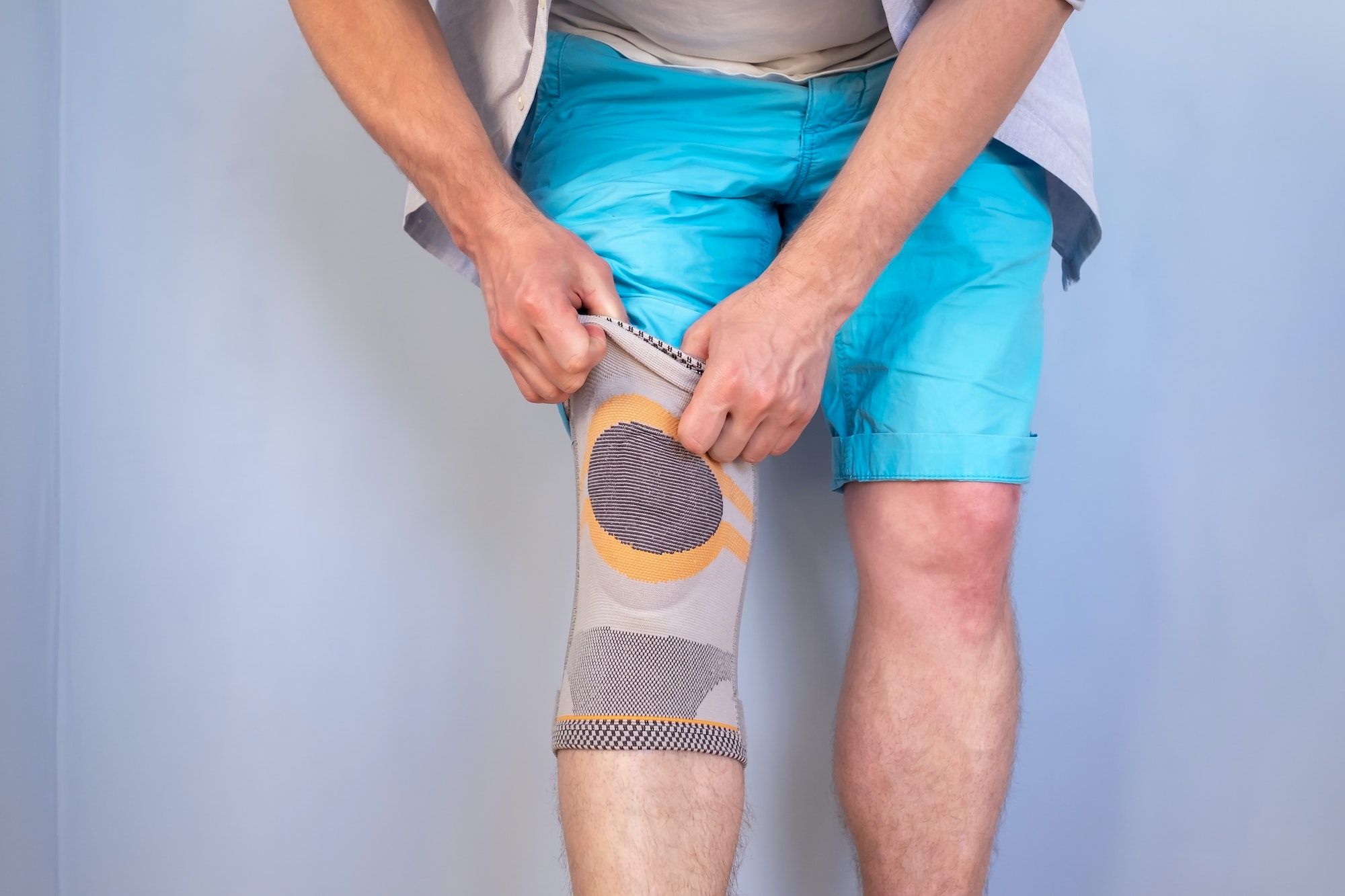The meniscus is a disc-like structure made up of cartilage and located in the knee joint. It is attached to the top of the shinbone.
The meniscus increases the contact area between the two surfaces of bones that make up the knee joint, therefore, reducing the stress through so many directions in the knee.
With the loss of a meniscus or injury to the meniscus, there is point contact in the knee joint therefore all the stresses are concentrated at specific points and this will accelerate the degenerative process of the cartilage in the knee joint.
In this article, we shall go over the kind of physiotherapy required after you have undergone surgery on your meniscus.
Physiotherapy is part of the treatment following meniscus repair. The physiotherapy routine chosen could depend on;
- Your age
- The type of tear the meniscus had
- Type of surgery you received
- Your activity level prior to the surgery
In choosing the appropriate rehabilitation protocol, there is a need to balance between the protection of the repair and trying to return the individual back to full function.
Physiotherapy protocols
There are 2 different physiotherapy protocols that can be employed following meniscus repair.
- Restricted rehab protocol;
This kind of protocol will delay the time between physiotherapy and weight bearing (putting weight on the leg). The rationale behind the restricted rehab protocol is to provide adequate time for the repaired meniscus to heal before any weight bearing is done.
It is believed that the multidirectional shearing forces subjected to the cartilage in the standing position could prevent healing of the repair.
This is the one we will discuss in this article.
2. Accelerated rehab protocol.
The accelerated rehab protocol is also known as the free rehab protocol. In this one, you are allowed to weight bear as soon as pain can allow. This can be as early as 3 days following the surgery.
Do you need to see a paediatric orthopaedic surgeon?
Restricted rehabilitation protocol
If using the restricted rehabilitation protocol, physiotherapy will often follow this trend.
The knee will be immobilized in a hinged knee brace to keep it extended.
Weeks 1 to 4
- Range of motion exercises;
No range of motion is allowed for at least 3 to 4 weeks to prevent the risk of repaired meniscus re-injury.
This will start as soon as the swelling goes down and the pain has been controlled.
At this point, you are not allowed to bear weight on the operated limb though you are allowed to walk around on the normal side with the aid of crutches while wearing a knee brace on the affected leg.
- Strength training.
Closed-chain exercises of the lower extremity can be done to increase the strength of the quadriceps muscles and prevent accelerated atrophy.
While sitting or lying on a bed with the knee extended, make sure the foot is in contact with the wall or a firm immobile surface.
All in all, don’t let the foot hang free. Begin by contracting the muscles of the quadriceps, count to ten then release. Do this for about 10 minutes.
Weeks 5 to 7
- Range of motion;
At 4 weeks, you will be allowed to increase the range of motion at the knee joint. Active flexion can be done not going beyond 90 degrees but you need to start slow. The range of motion will gradually increase.
Flexion can gradually increase to 60 Degrees.
- Weight bearing.
You are allowed to start weight bearing with initial toe touch and then full weight bearing.
- Strength training;
Some exercises to integrate into are;
Squats – These do increase the range of motion while targeting many of the muscles of your lower extremity. When doing a squat, initially don’t go beyond 90 degrees. Your physiotherapist should guide you on how far low you should go.
Exercising different muscle groups.
It is important to keep other muscle groups of the lower limb active and prevent their atrophy.
- Abductor exercises.
Abductors exercises target your butt muscles. Lie on your side and with the leg completely extended, abduct at the hip joint. This is the outward movement of the leg. Do about 3 sets of 10 repetitions. Change sides and exercise the other leg too.
- Adduction exercises.
This targets your inner thigh muscles. Lie on your side with the leg you intend to exercise on the inside. Keep one leg out of the way keeping it back.
Keeping the leg you intend to exercise straight, start to move it upwards. Do about 3 sets of 10 repetitions.
Week 8
You will be allowed to weight bear fully. The same exercises will continue for another 6 weeks but with increasing intensity.
3 months
At 3 months, after an assessment by both your surgeon and physiotherapist, you may be allowed to return to contact sports.
In conclusion, the meniscus is a crucial structure in the knee and its injury often requires surgery. Following surgery, the physiotherapy protocol implemented will depend on your activity level, age and the kind of surgery done. Most of the time though, a restricted protocol is followed to prevent re-injury to the repaired meniscus.
